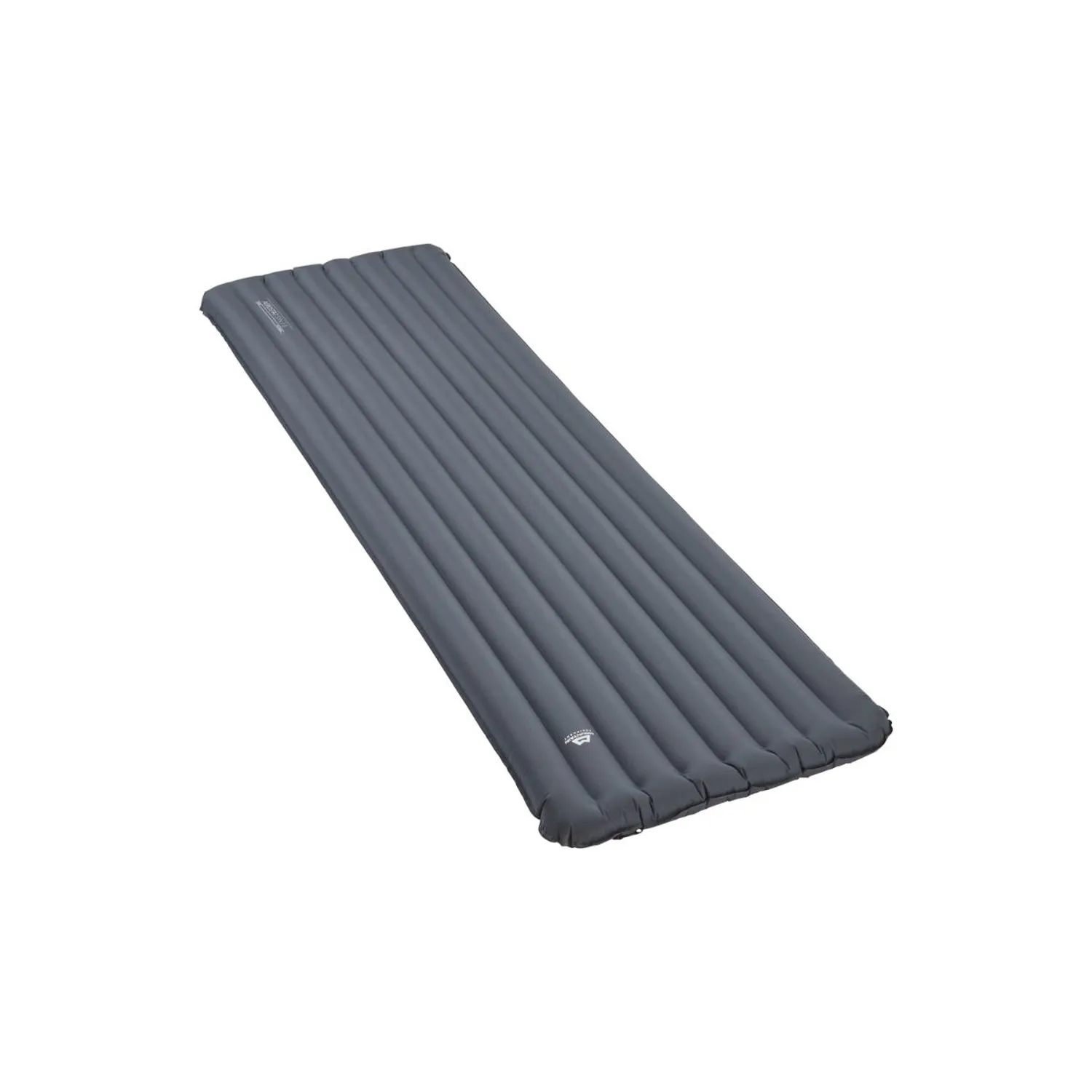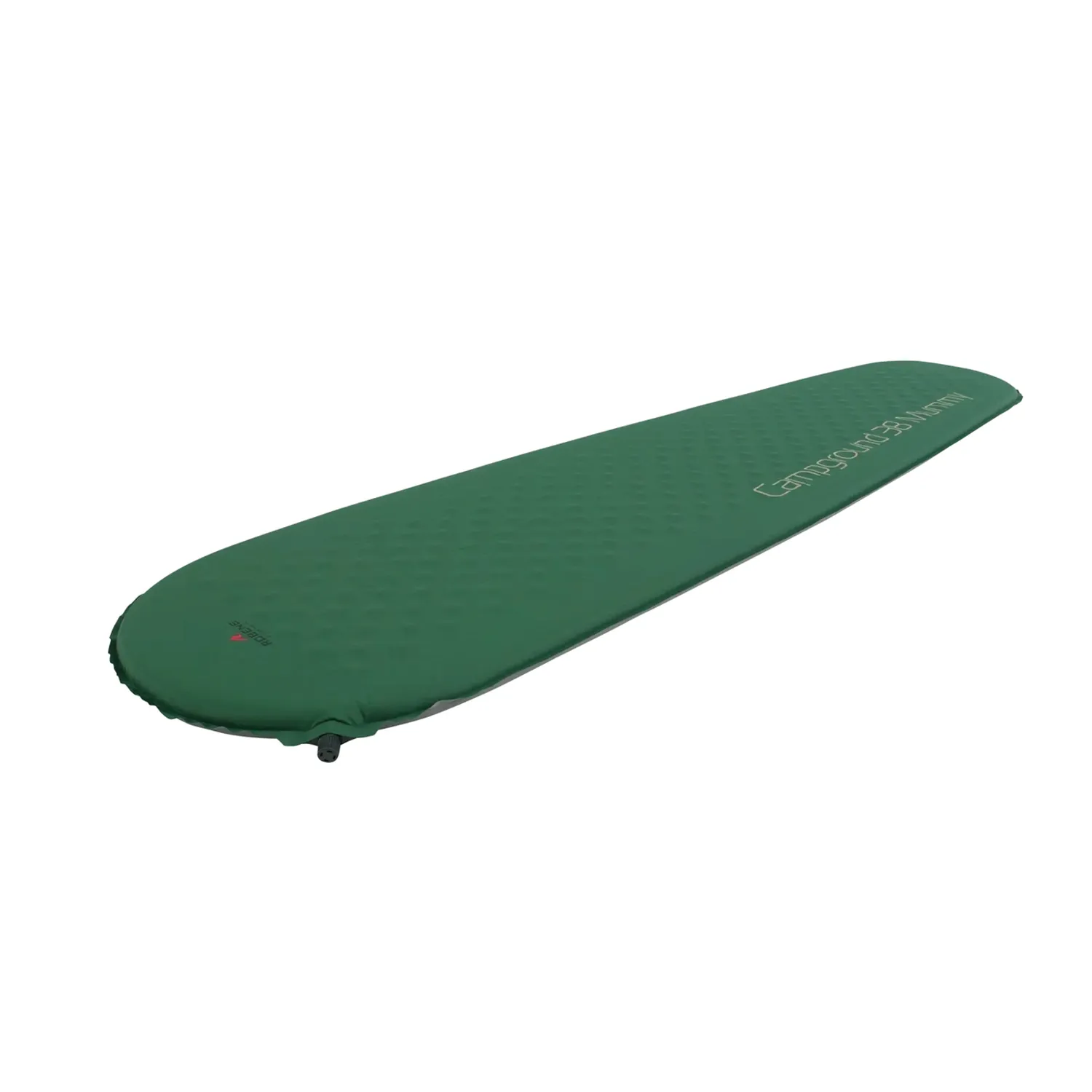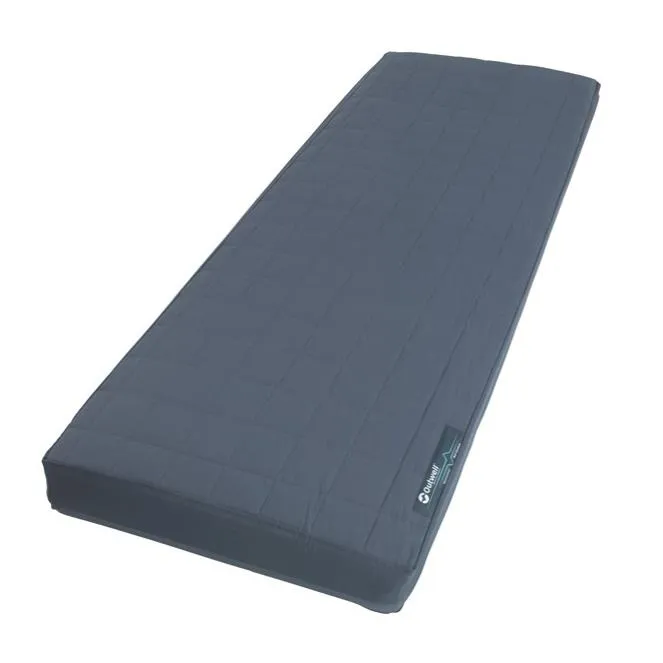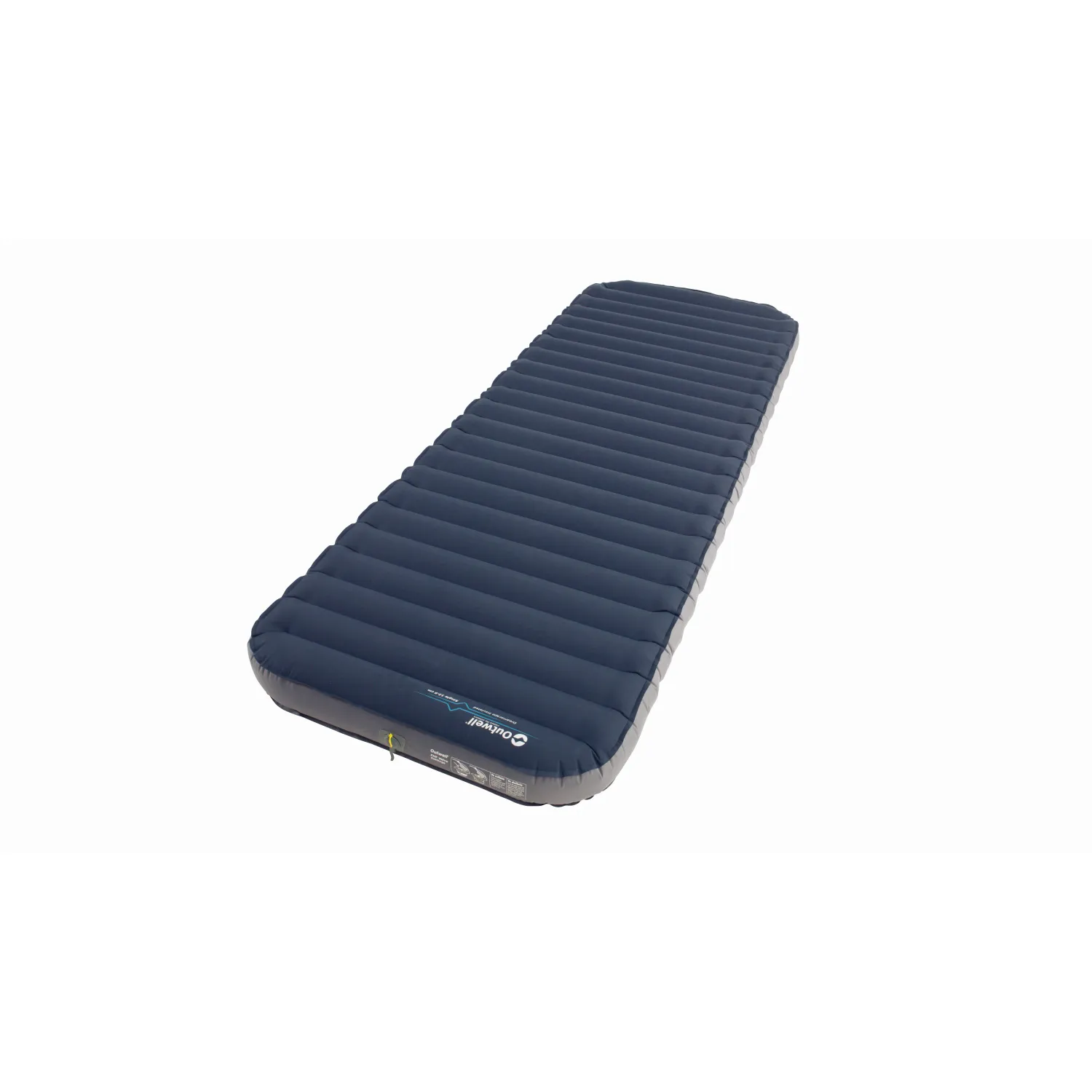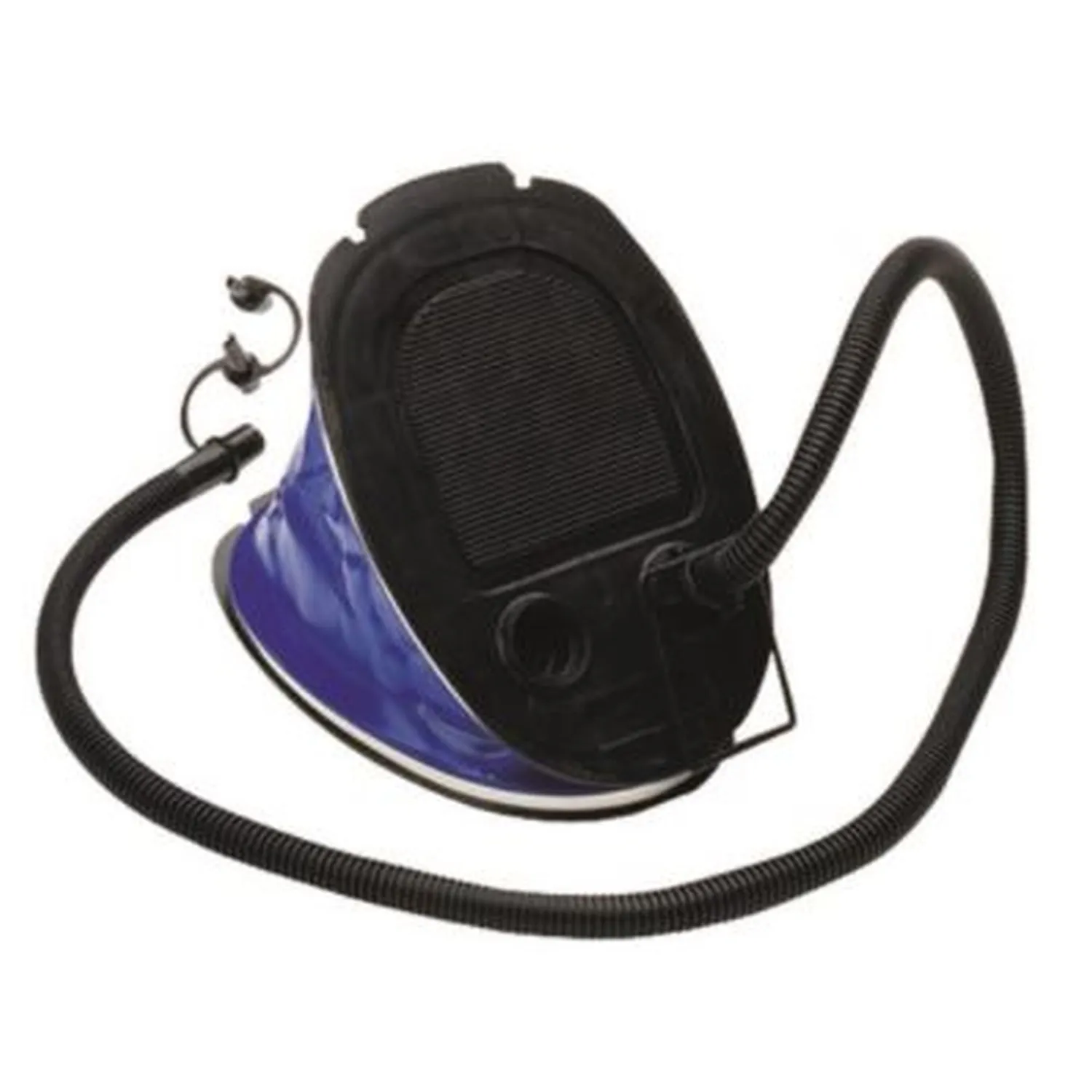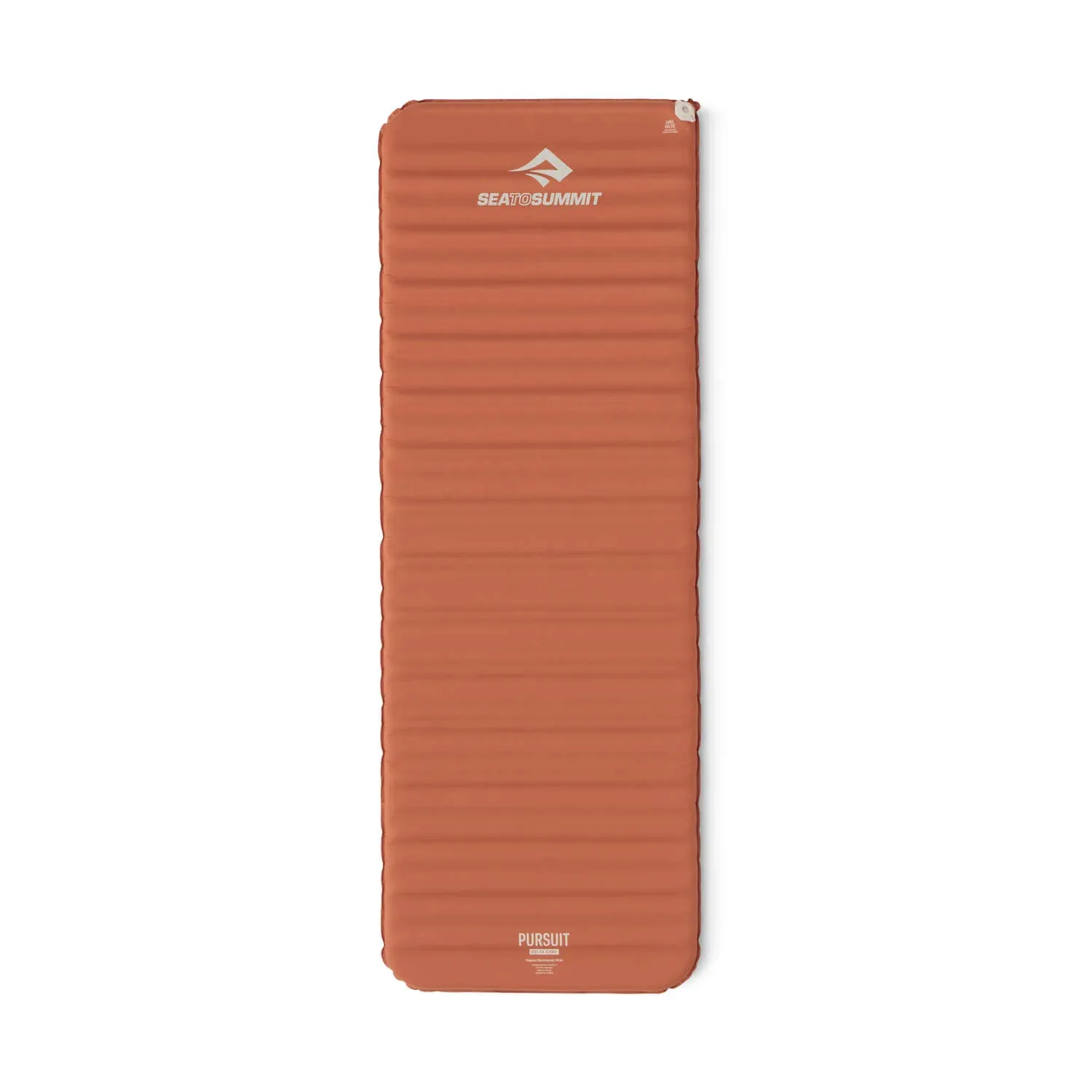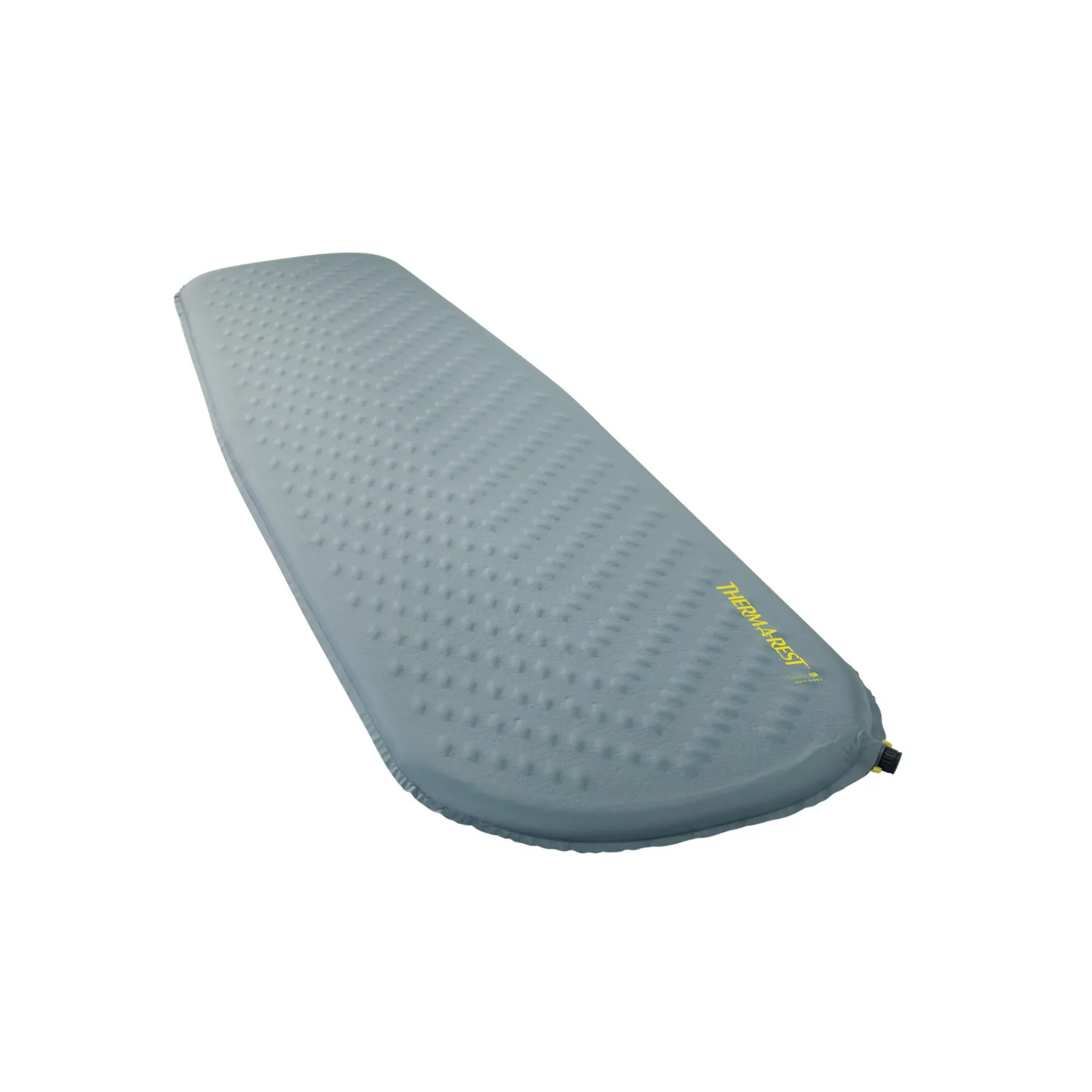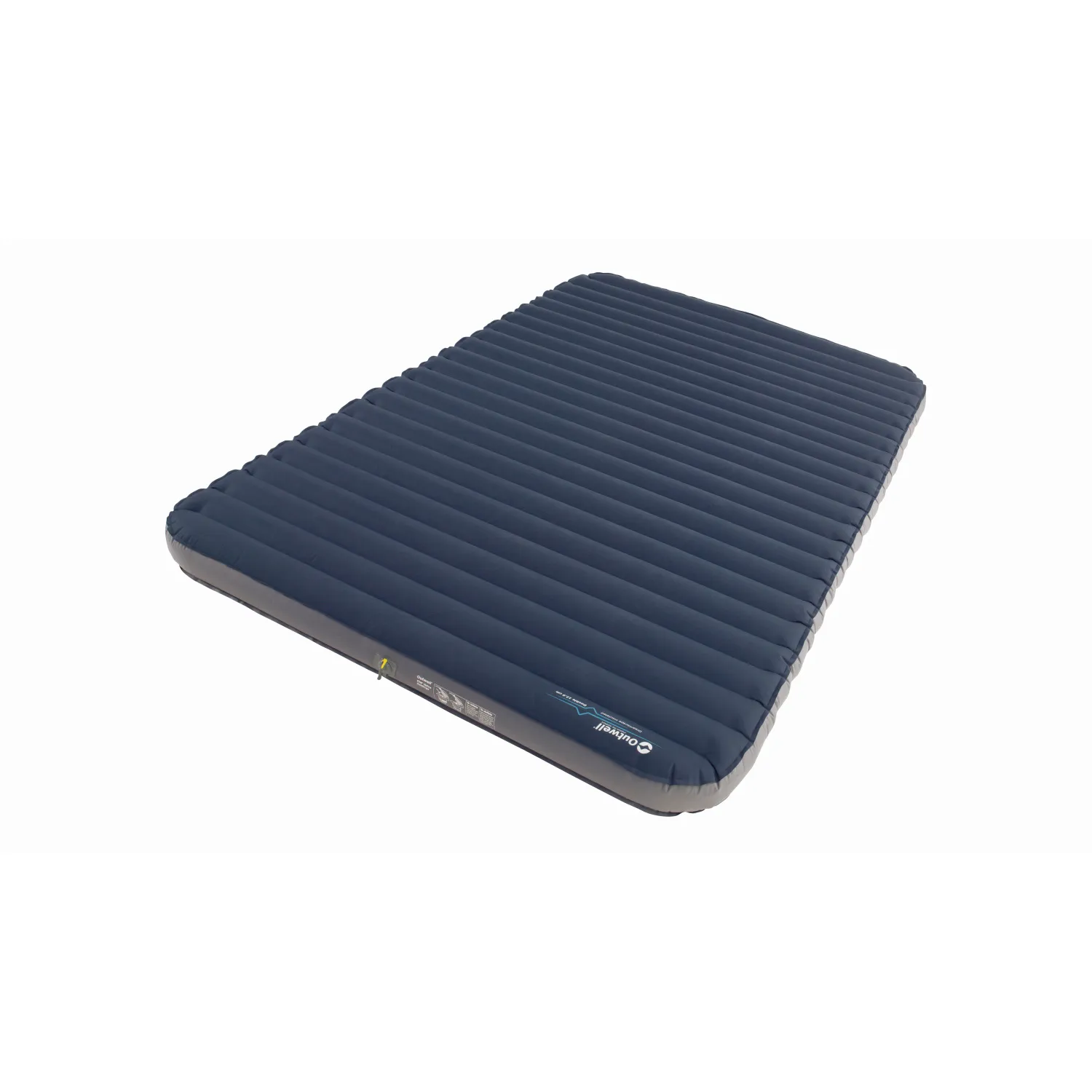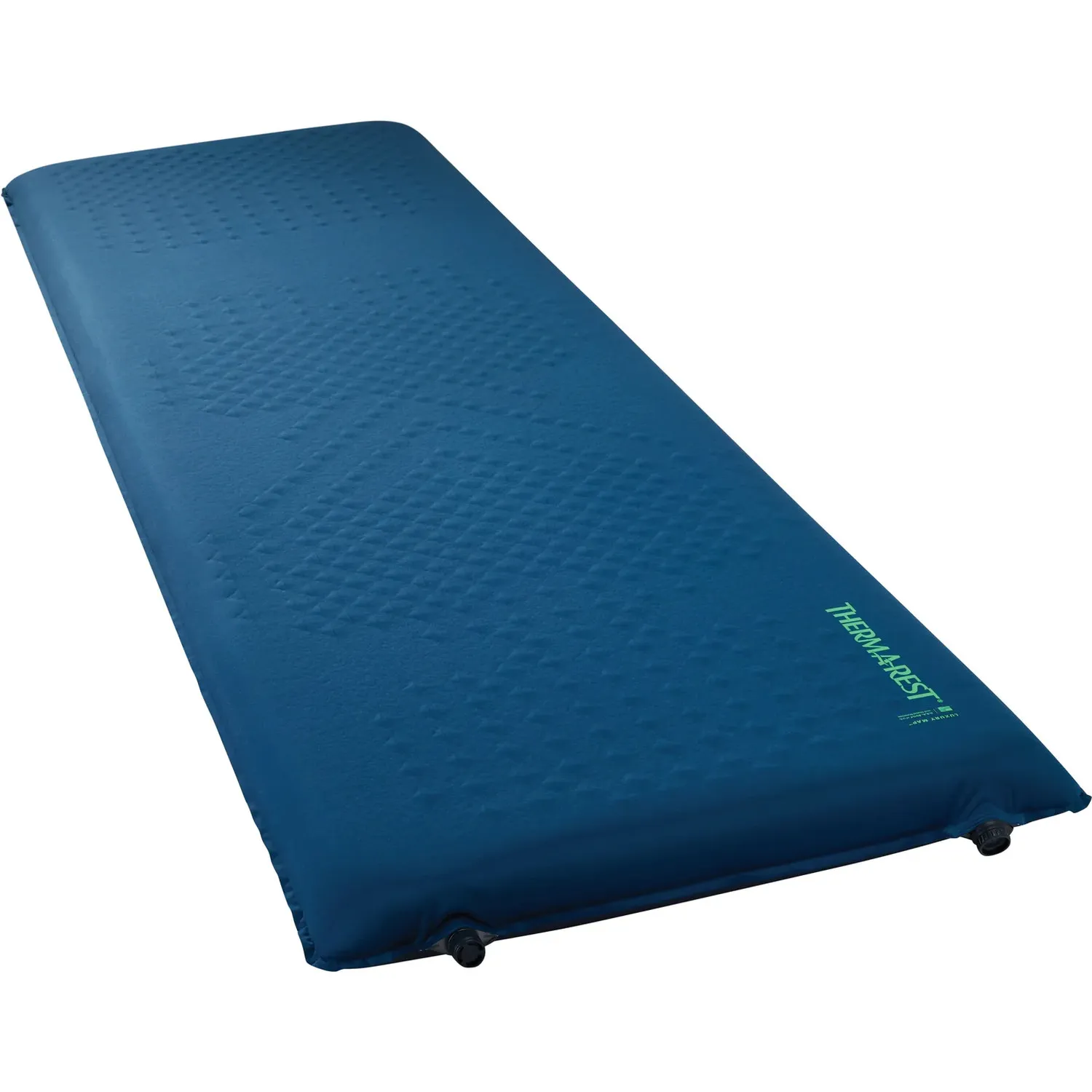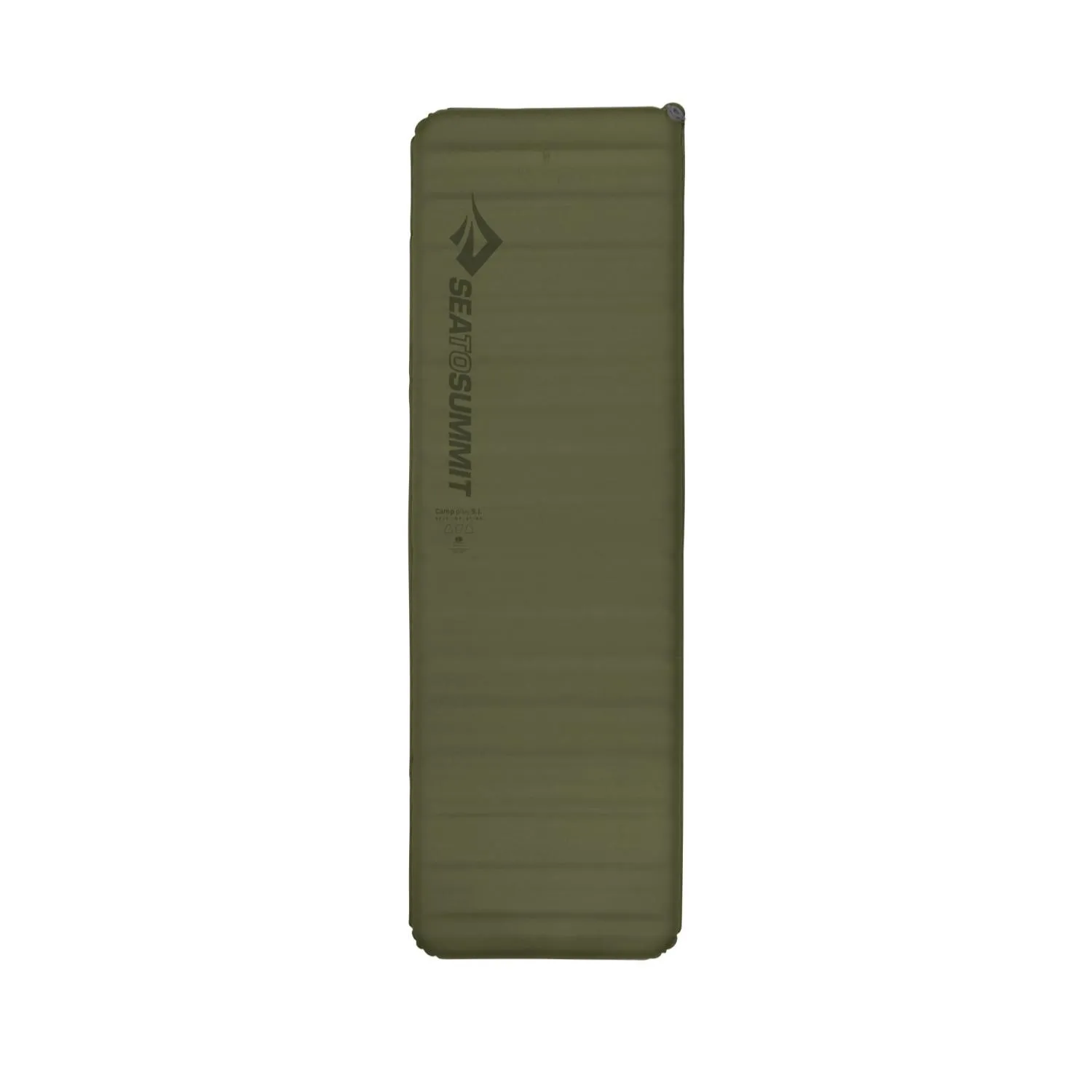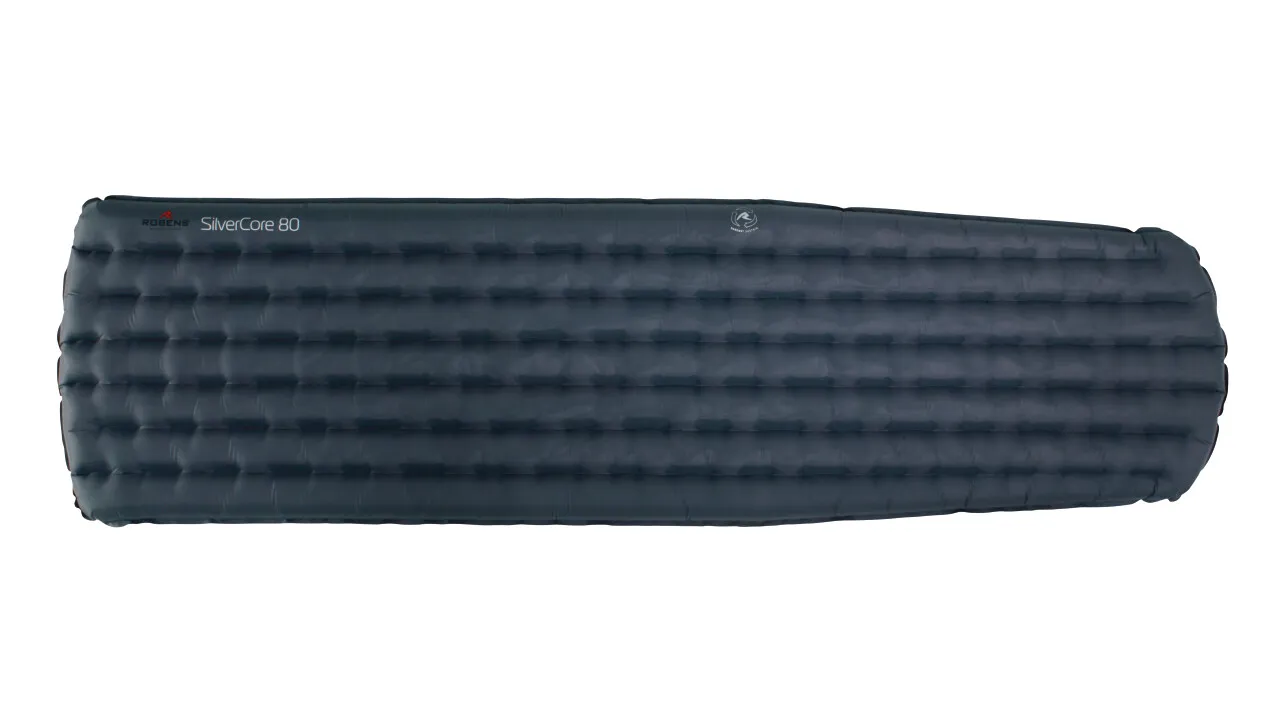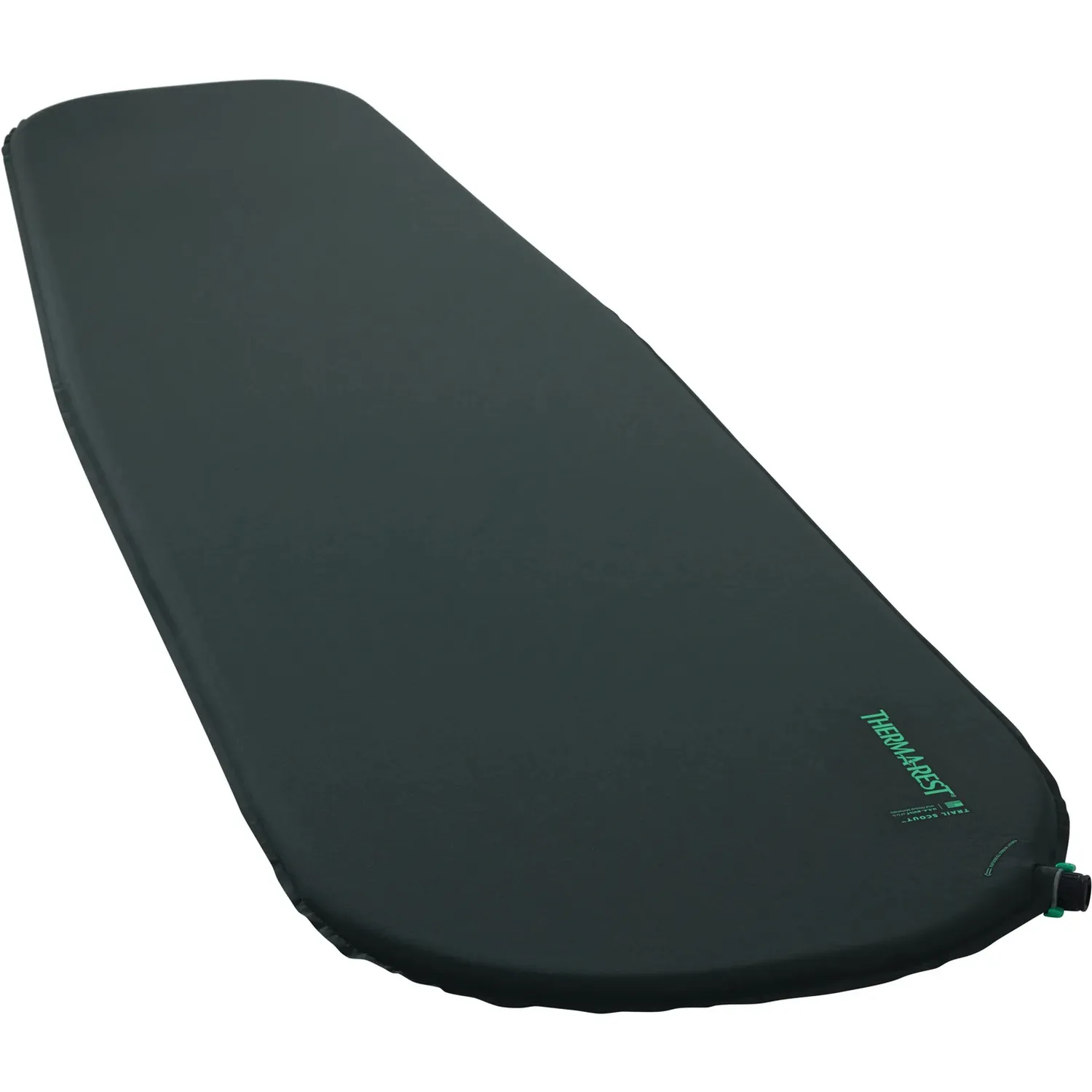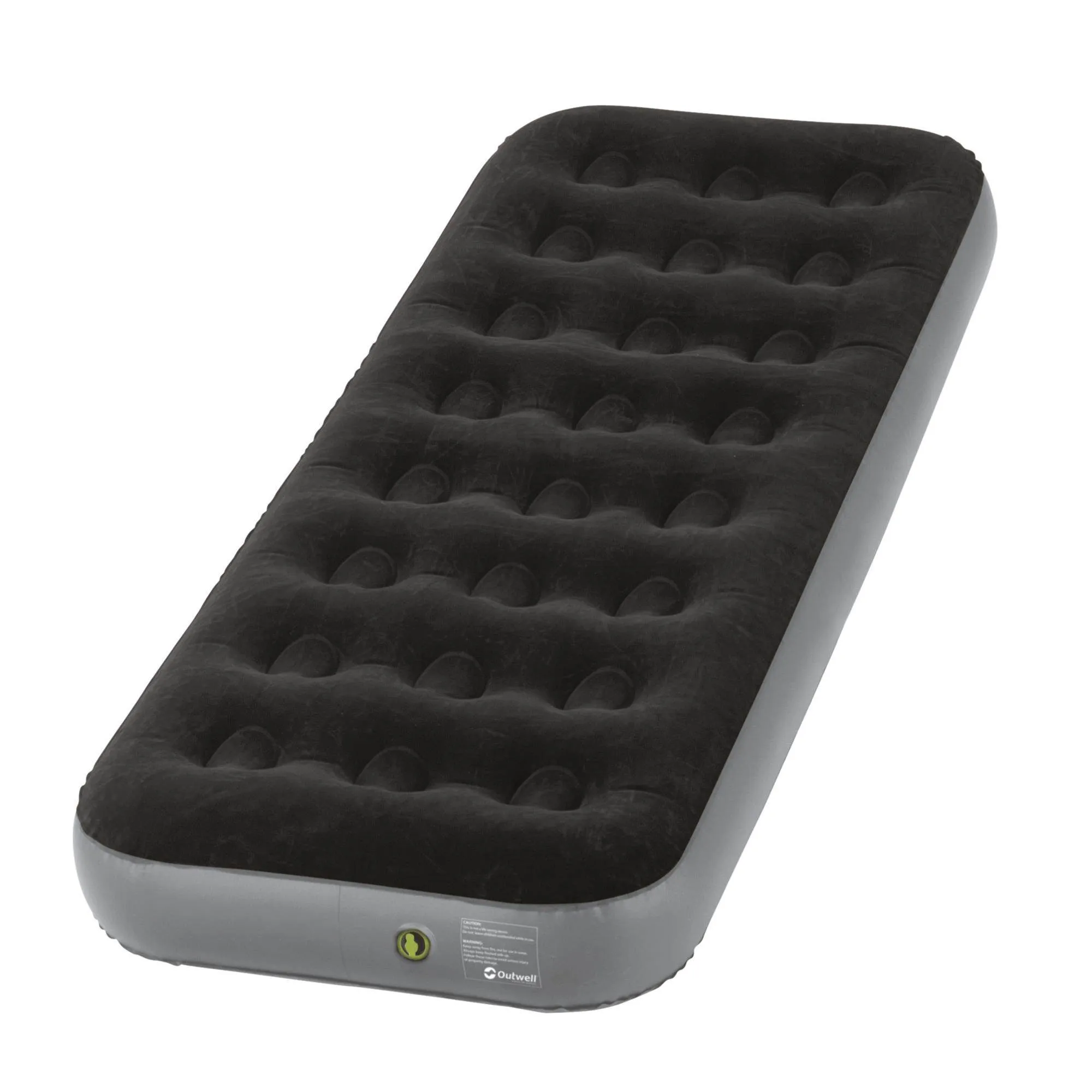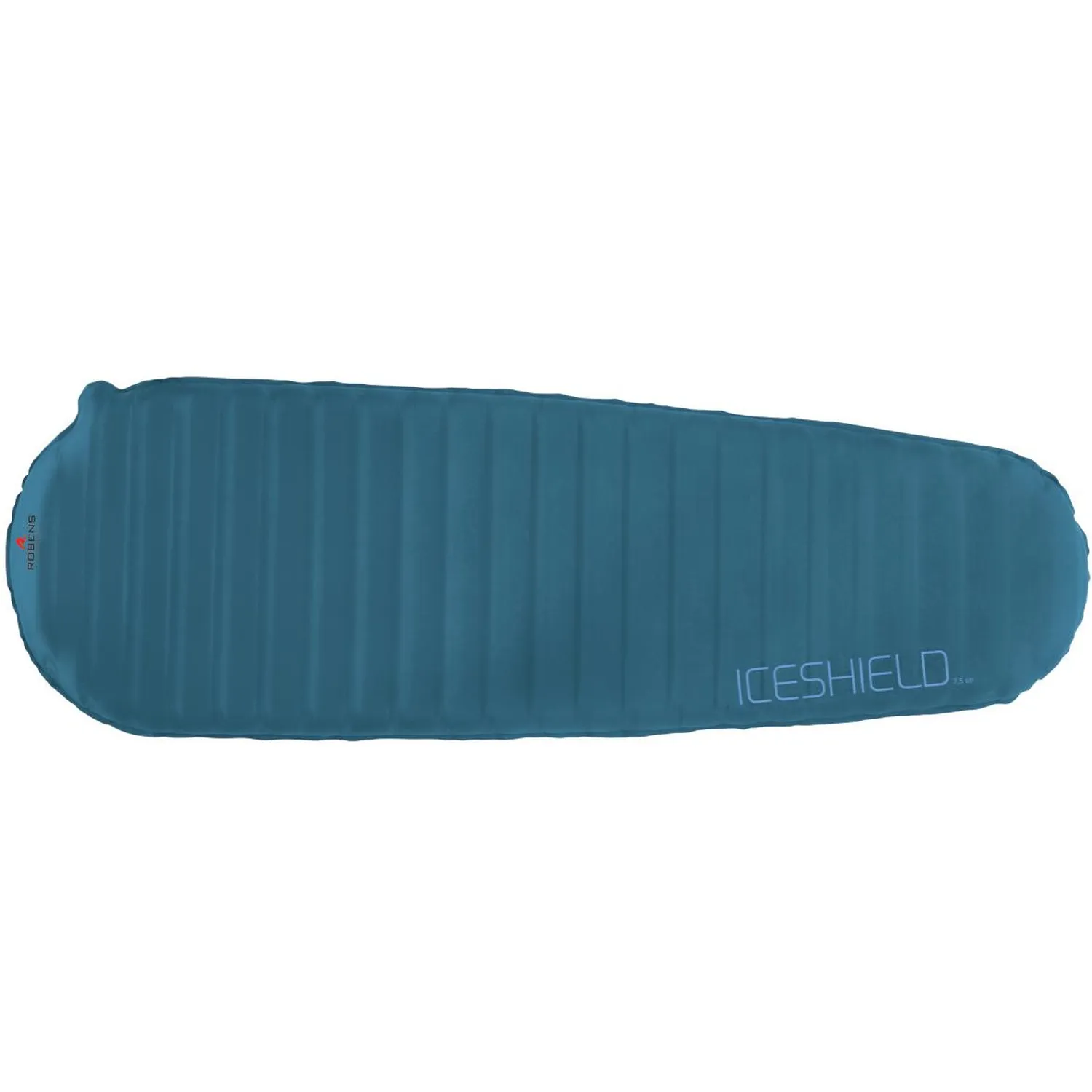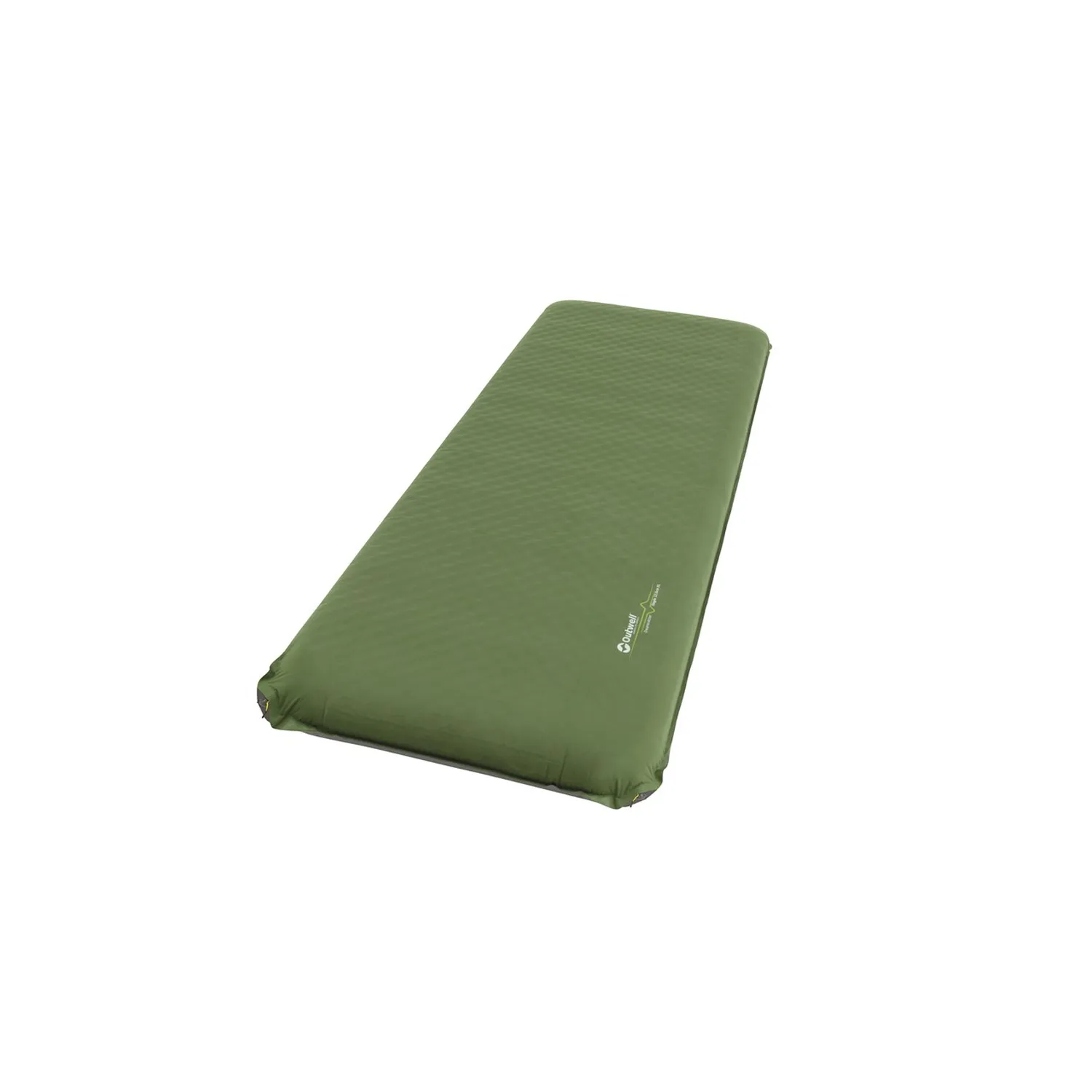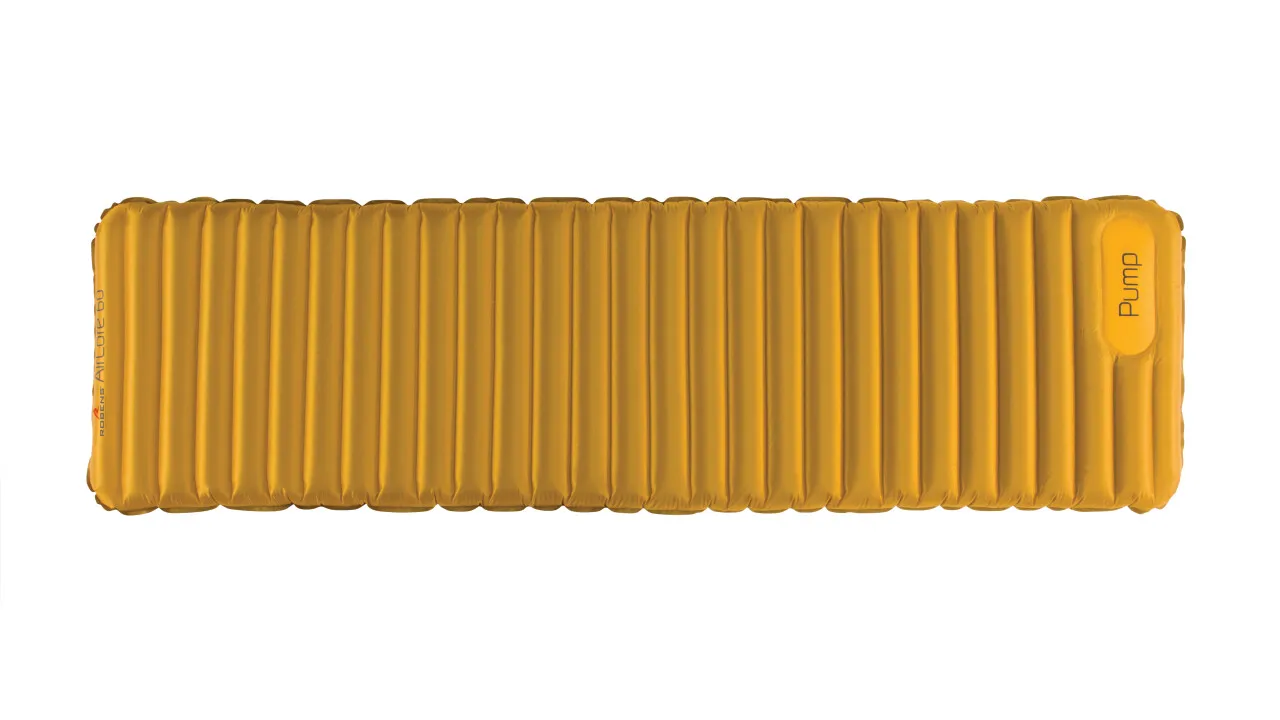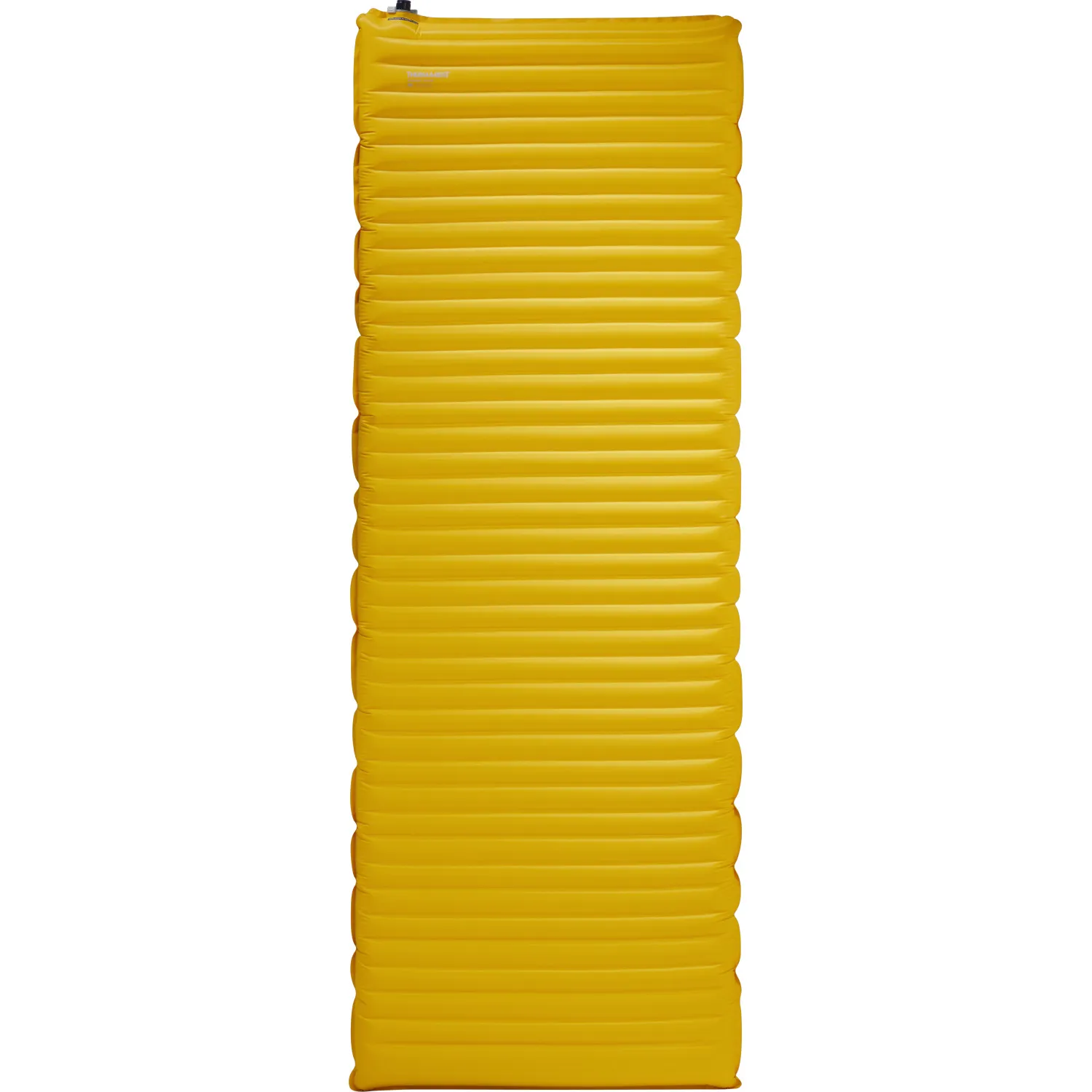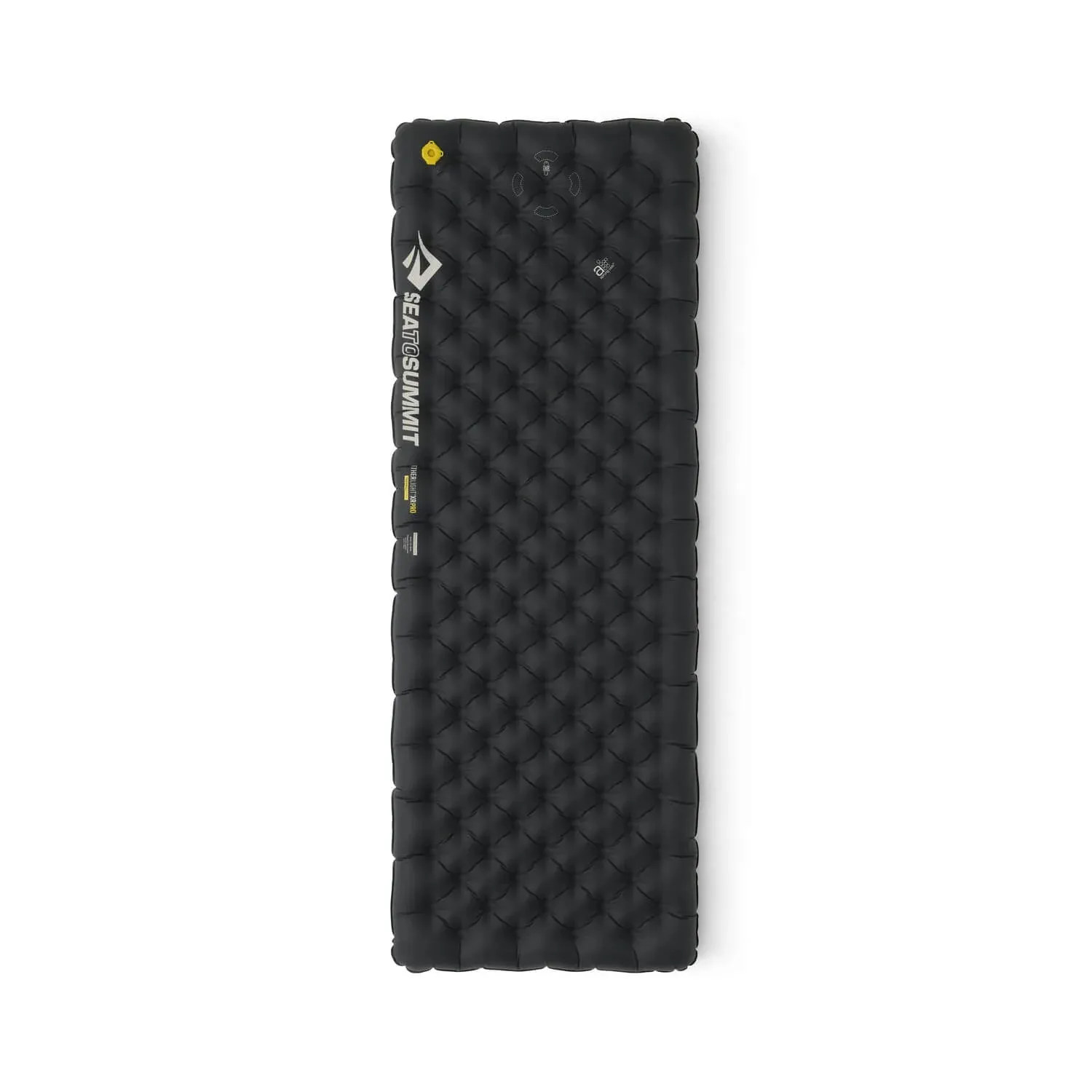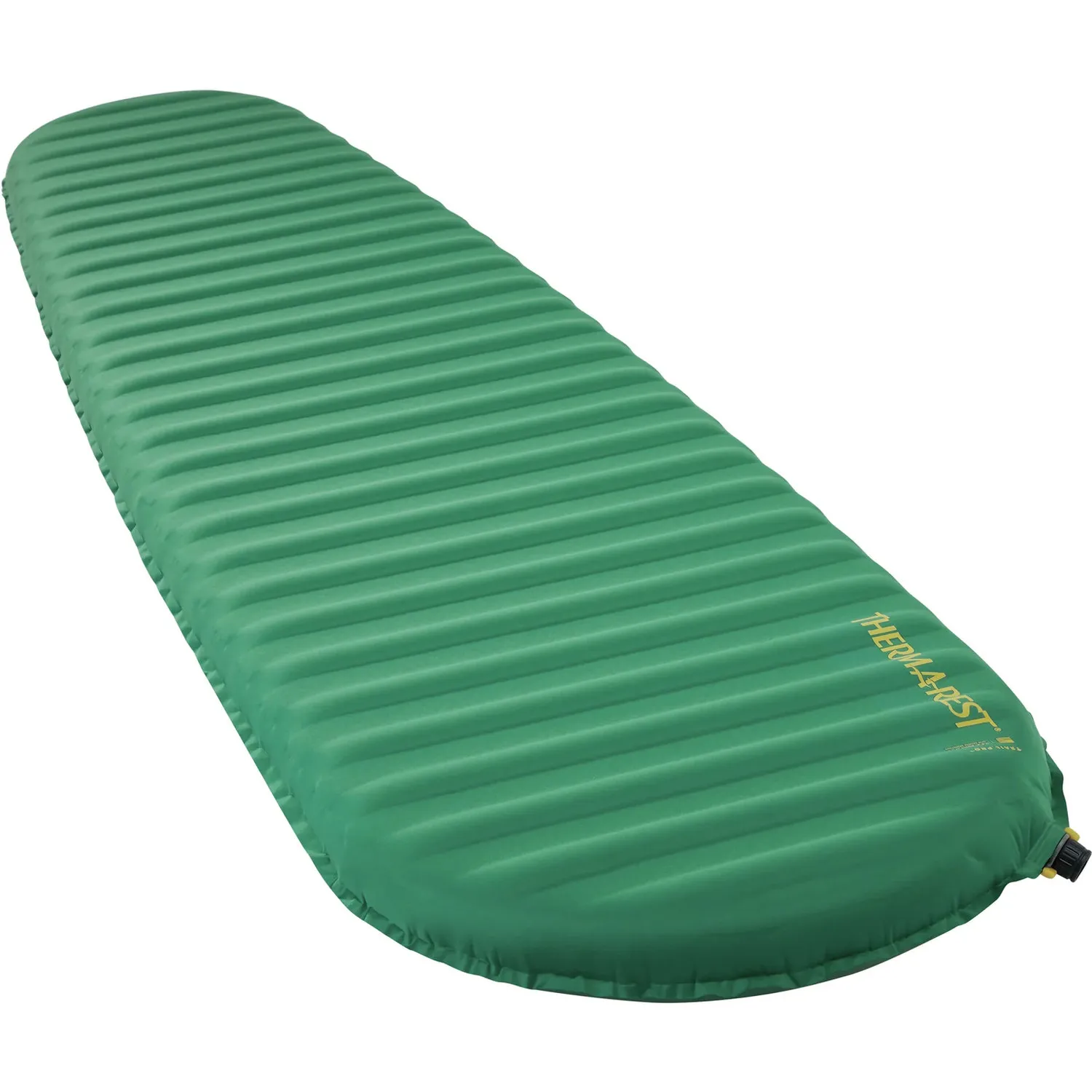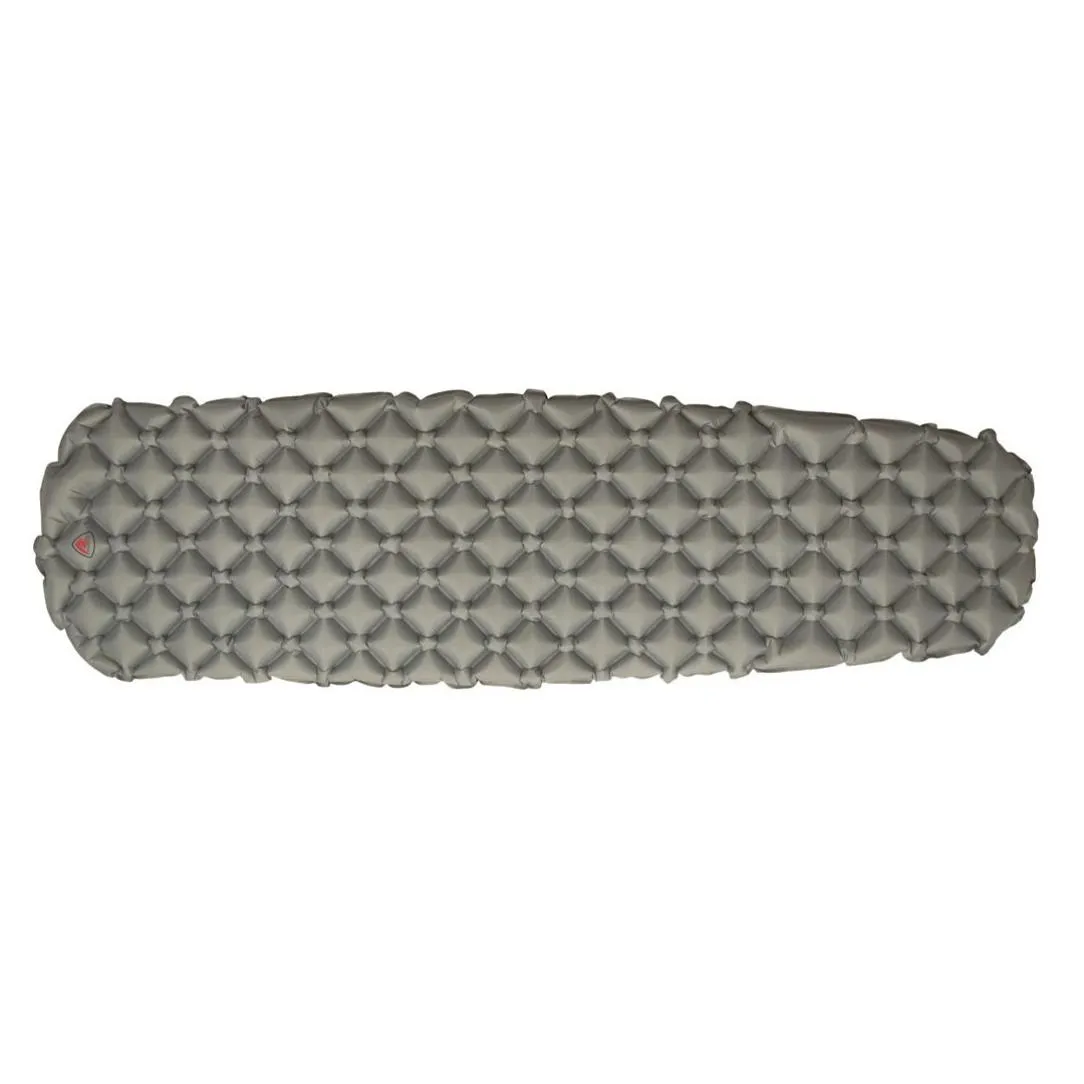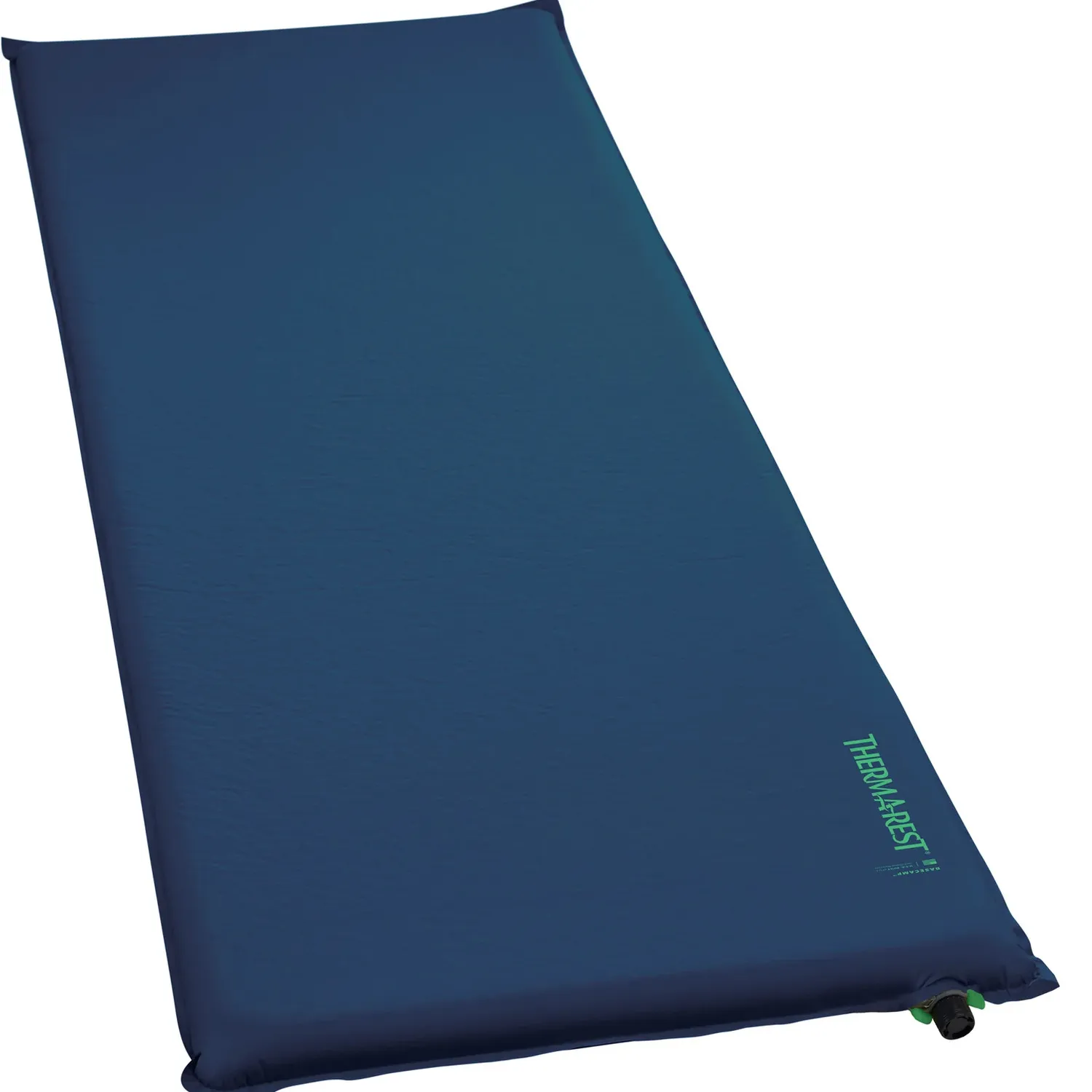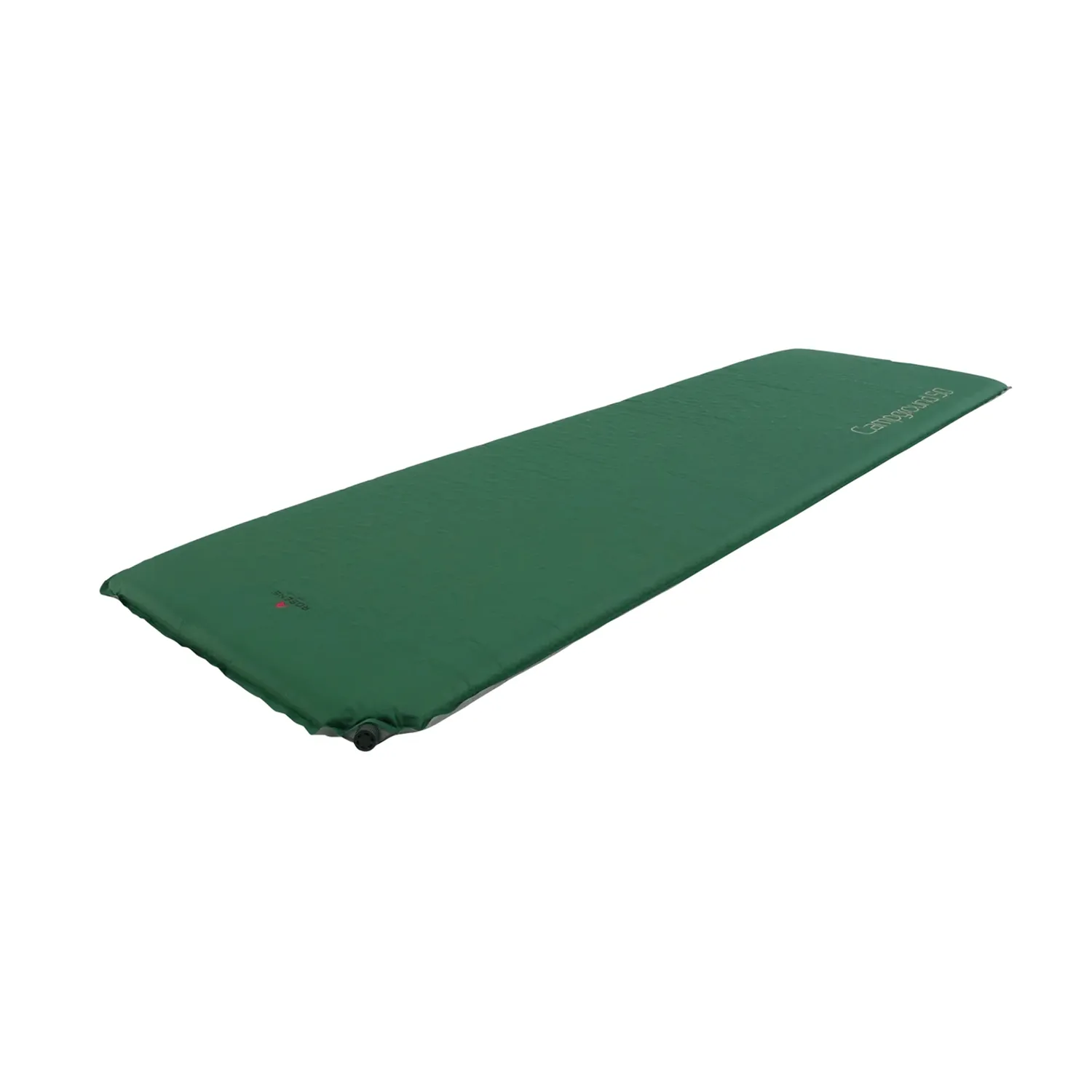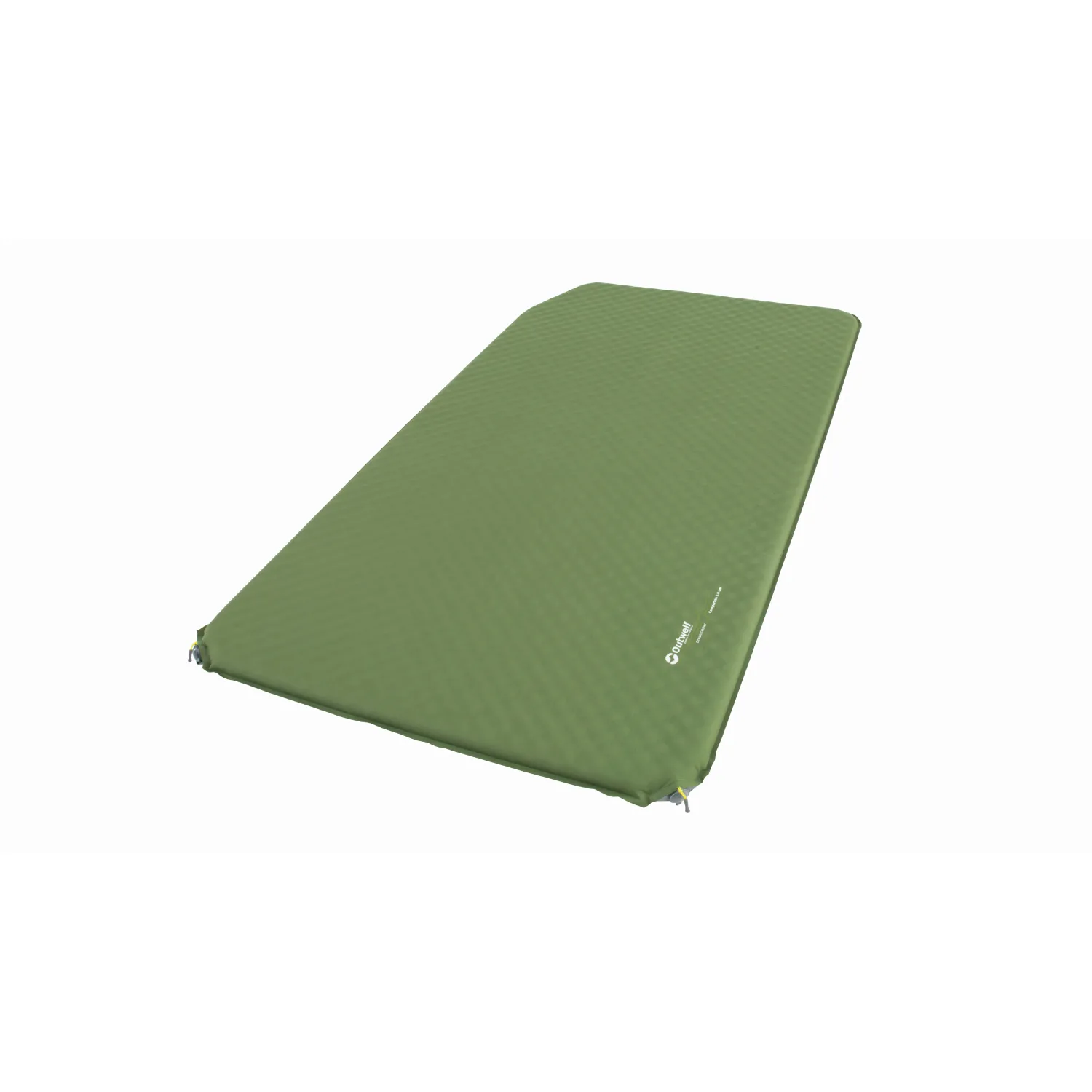Mats
Camping mats - an important piece of basic equipment when camping
Sleep comfortably when camping: A good sleeping mat is essential for a comfortable night's sleep on a camping holiday. Whether a foam sleeping mat, air mattress or self-inflating mat - there is a wide range of mats to choose from. Which one you choose depends on your personal preferences and the external circumstances of your camping trip.
- Criteria for the selection of camping mats
- Sleeping mat, air mattress & self-inflating mat - differences
- How big should a (sleeping) mat be?
- Maximum sleeping comfort: what should I look for?
Criteria for selecting camping mats
Important criteria are: Insulation, lying comfort, weight and pack size, how much work the mat entails, the space available in the tent, what demands do I have to make on robustness, durability per se and, last but not least, the price.
All mats are available in different sizes and, with the exception of the sleeping mats, also as double mats for 2 people.
Sleeping mat, air mattress & self-inflating mat - differences
Essentially, a distinction is made between sleeping mats, air mattresses and self-inflating mats:
-
The classic sleeping mat made of foam
The classic sleeping mat is made of foam. Its primary purpose is to keep the cold off the ground and protect the body against a cold surface. Another advantage: foam sleeping mats are particularly robust - small stones in the ground don't affect them much. They are also quite light. Disadvantages: Although they can be rolled up, they are quite bulky and not very space-saving. They are also generally quite thin and not very comfortable as a sole sleeping surface.
-
The self-inflating mat
In addition to foam mats, there are also self-inflating mats. These are usually made of polyurethane or polyethylene foam - this is located in the air chambers and when you open the valve, the mat draws in air until all the chambers are filled. Self-inflating mats are slightly more comfortable than simple foam mats and offer more comfort when sleeping. Although they are not as thick as a normal air mattress, they still offer significantly more comfort than a sleeping mat. What's more, you only need to roll them up and don't have to inflate them for long. You also don't need an air pump or other aids. However, self-inflating mats also have one major disadvantage: they are not particularly robust. If a hole develops because you have been lying on a small stone, for example, the mat loses its function.
-
The classic air mattress
The classic inflatable air mattress is the most comfortable of the three options. However, it has no insulating effect - so it should be combined with a foam mat when camping to protect against the cold. Otherwise, the inflatable air mattress is also suitable as a guest mattress at home. We recommend an extra air pump for inflation - some air mattresses also have an integrated air pump. However, as these require electricity, they are not suitable for trekking. They would also be too bulky to transport. However, inflatable air mattresses are ideal for a few nights at the campsite. But you should be careful here too: Air mattresses are not very robust. It is therefore better not to lie on sharp stones.
How big should a (sleeping) mat be?
How big the mat should be depends primarily on how tall you are. It's best to base it on your own height and add another 10 to 20 cm. Of course, you should also consider how big your tent is - the mat must of course fit inside. If you need the mat for trekking, then also pay attention to the pack size - the mat should be as small as possible and as light as possible. If you are on holiday at a campsite and travelling by car, the pack size is not quite as important. If there are two of you: there are also air mattresses that can accommodate two people.
Maximum sleeping comfort: what should I look for?
If you want to sleep comfortably when camping, then a good mat is the be-all and end-all. In addition to the right width and length, you should also make sure that the mat is thick enough. To sleep comfortably, the mat should be at least 5 cm thick - preferably 7.5 cm to 15 cm. This means you can also lie comfortably on your side. You can influence the firmness of an air mattress by the amount of air. The more air, the firmer the mattress. For better sleeping comfort, some mats are pleasantly soft on the surface. This means that the lying surface does not feel as smooth and cold as with uncoated mats. We particularly recommend a mat with a soft coating as a guest mattress, as guests often sleep without a sleeping bag but only with a blanket and therefore have skin contact with the mat.

























